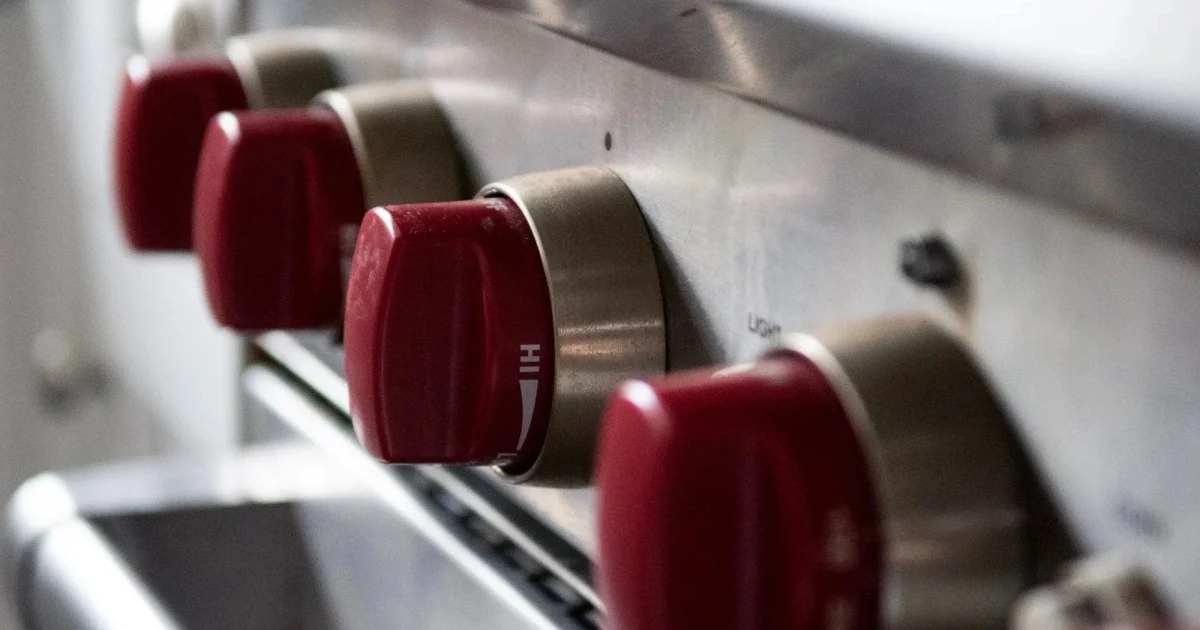Highlights: A study this summer found that using a single gas stove burner on high can raise levels of cancer-causing benzene above what’s been observed from secondhand smoke.
A new investigation by NPR and the Climate Investigations Center found that the gas industry tried to downplay the health risks of gas stoves for decades, turning to many of the same public-relations tactics the tobacco industry used to cover up the risks of smoking. Gas utilities even hired some of the same PR firms and scientists that Big Tobacco did.
Earlier this year, an investigation from DeSmog showed that the industry understood the hazards of gas appliances as far back as the 1970s and concealed what they knew from the public.
It’s a strategy that goes back as far back as 1972, according to the most recent investigation. That year, the gas industry got advice from Richard Darrow, who helped manufacture controversy around the health effects of smoking as the lead for tobacco accounts at the public relations firm Hill + Knowlton. At an American Gas Association conference, Darrow told utilities they needed to respond to claims that gas appliances were polluting homes and shape the narrative around the issue before critics got the chance. Scientists were starting to discover that exposure to nitrogen dioxide—a pollutant emitted by gas stoves—was linked to respiratory illnesses. So Darrow advised utilities to “mount the massive, consistent, long-range public relations programs necessary to cope with the problems.”
These studies didn’t just confuse the public, but also the federal government. When the Environmental Protection Agency assessed the health effects of nitrogen dioxide pollution in 1982, its review included five studies finding no evidence of problems—four of which were funded by the gas industry, the Climate Investigations Center recently uncovered.
Karen Harbert, the American Gas Association’s CEO, acknowledged that the gas industry has “collaborated” with researchers to “inform and educate regulators about the safety of gas cooking appliances.” Harbert claimed that the available science “does not provide sufficient or consistent evidence demonstrating chronic health hazards from natural gas ranges”—a line that should sound familiar by now.



I wonder if the same levels of pollutants are found in restaurants. Most if not all restaurants use gas stoves. The ventilation systems are usually multiple orders of magnitude better than what a typical household would have available.
Having worked in a few restaurants, the vent systems are usually placed above the stoves but the vent itself is kind of high up. It’s definitely capturing the fumes from the cooking process itself, but not clear if it’s also capturing the pollutants from the stove while it’s on.
There definitely has to be some spillage into the kitchen. More than using a laboratory grade ventilation hood but less than the typical gas stove in a typical household.
Every kitchen I have worked in, those vents are so powerful the head chef could smoke while on the line, and the kitchen didn’t smell of smoke. I wouldn’t be surprised if those fans are fully circulating the entire volume of air in the kitchen a couple times a minute.
I think this assumes the restaurant is properly maintaining the ventilation system. I remember a couple of restaurants I worked at the grates were rarely changed out. The one time we did a proper cleaning the fucking things were caked with fat deposits and other crap. Took a power washer and some caustic industrial cleaner to get them to a decent state.
Usually there’s a make up air unit that keeps the pressure in the kitchen positive by pumping more air into the kitchen than what the exhaust fan is exhausting, so yeah the pollutants would have no way of spilling into the kitchen and missing the exhaust, as long as everything is set up properly, including having all fuel burning equipment below the hood.
Kitchens need to be kept under negative not positive pressure, typical make up air units supply 85% of the airflow of the exhaust. Source, I used to design HVAC systems and have done multiple McDonald’s restaurants.
Hmm. 4th year apprentice, and figured it would be the same as the rest of the building’s supply/exhaust balancing. Interesting, thanks
You might be surprised by how little airflow is actually required to displace some hazardous gasses.
deleted by creator